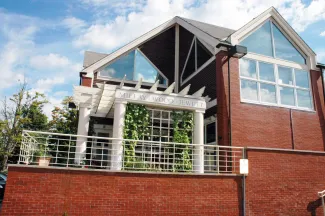By Jennifer McAleer and Melissa Snow
|
1839-1854 |
Equity Laws passed in Mississippi, New York and Massachusetts allowing married women to own property and separate from husbands. |
|
1848 |
First women's rights convention met at Wesleyan church chapel in Seneca Falls, New York. The Declaration of Sentiments was adopted, mirroring the Declaration of Independence. |
|
1869 |
National Woman Suffrage Association (NWSA) was created by Anthony and Stanton. Stone and Beecher found the American Woman Suffrage Association. The NWSA worked to get a federal woman-suffrage law passed, and the AWSA worked to get state laws passed. |
|
1869-1870 |
Fourteenth and Fifteenth Amendments to the U.S. Constitution were passed, granting suffrage to all American men, regardless of race or ethnicity. These amendments do not include women. |
|
1870 |
Thirteen women, including Anthony, are permitted to vote, by convincing the election inspectors that the 15th Amendment gave them the right to vote. The women and three inspectors are arrested and all fined. Anthony refused to pay her fine. |
|
1890 |
The NWSA and AWSA joined forces, forming the National American Woman Suffrage Association (NAWSA). |
|
1907 |
Equality League of Self-Supporting Women, later called the Women's Political Union founded by Harriet Stanton Blatch, daughter of Elizabeth Cady Stanton. |
|
1910 |
NAWSA collected over 500,000 signatures supporting federal legislation on woman suffrage. |
|
1910s |
Legislation limiting working hours and improving working conditions for women was passed nationally. |
|
1915 |
American Medical Association began admitting women members. |
|
1917 |
Jeanette Rankin of Montana, was elected as the first black women to serve in the House of Representatives. |
|
1920 |
The Nineteenth Amendment to the U.S. Constitution was passed, granting women the right to vote. |
